Adrien Blondel grew up in France, where he studied history and aesthetics of cinema, and cinematography. Directing a documentary on the social movement of the Freedom riders brought him to move to the US and live in California for seven years. Adrien works primarily as a lighting technician for the film industry, and directs documentaries.
Living for an extended period of time within a different culture and language has shaped his artistic practice towards his relationship to others. His interest for photography dates to an early age, and this interest has shifted to more intellectualized art practice in recent years.
Adrien now lives in Paris, France, working in the film industry and pursuing his artistic practice.


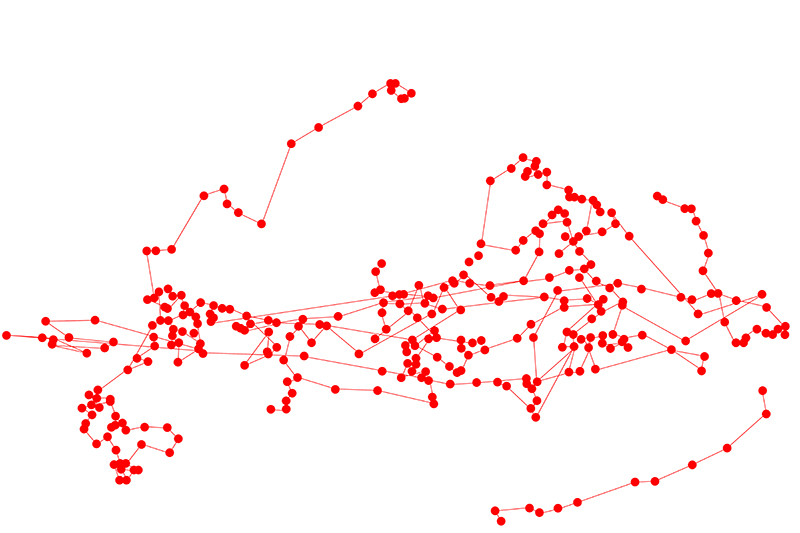
Persistence of vision
Our relationship with others is always incomplete. Language and other forms of communication instruct us in our apprehension of them, but no amount of knowledge of one person will give us access to seeing the world through their eyes.
New technologies are taking steps towards the possibility of seeing universally. Eye-tracking, for example, studies the movement of the eyes on an image, to reveal where the eye stopped and where the participant looked. With its recent accessibility and improvements, this technology has seen its main usage in mass marketing. The movements of the eyes are studied on images in order to adapt them to fulfill their commercial purpose.
The usage of such technology pushes our relationship to images into the realm of performance and productivity – creating a world of images calibrated for commercial efficiency, away from the considerations of image-based artistic practices.
The data engages a poetic conversation, between the photographer, volunteers, and audience. These technologies have the power to materialize someone else’s persistence of vision.
This series looks at the poetic potential of eye tracking. It is an attempt to re-appropriate a technology, to reveal the beauty of accessing someone’s gaze.
The photographs in this series were submitted to an eye tracking test on a panel of participants. The graphical elements added to the images are the representations of the movement of the eyes, and of the places where their eyes stopped.


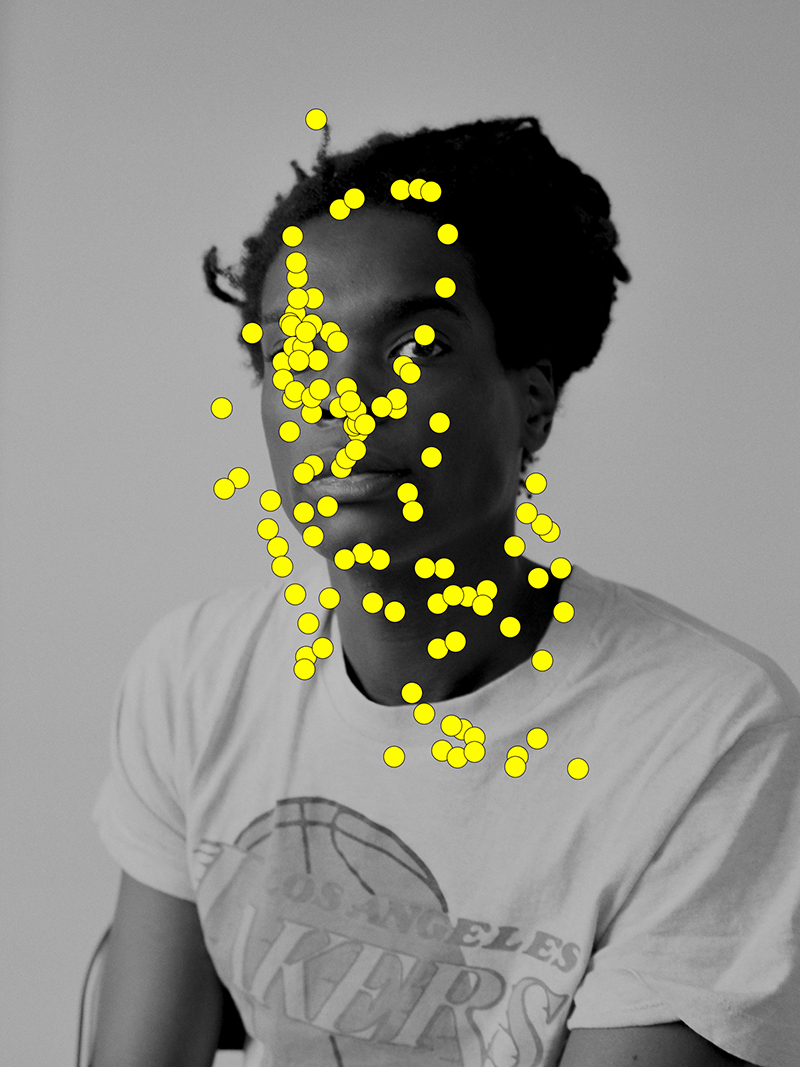
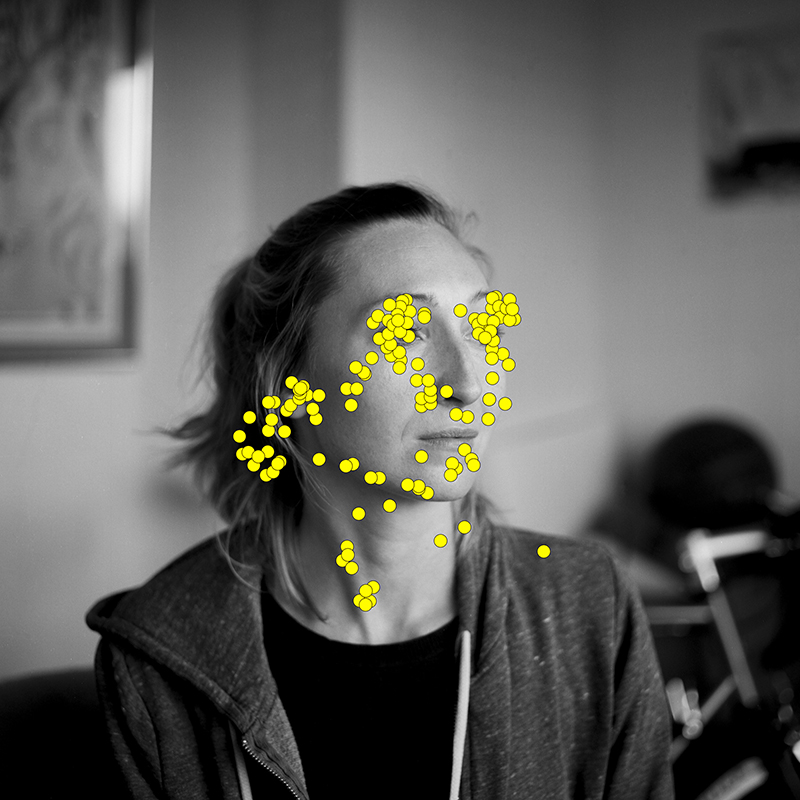

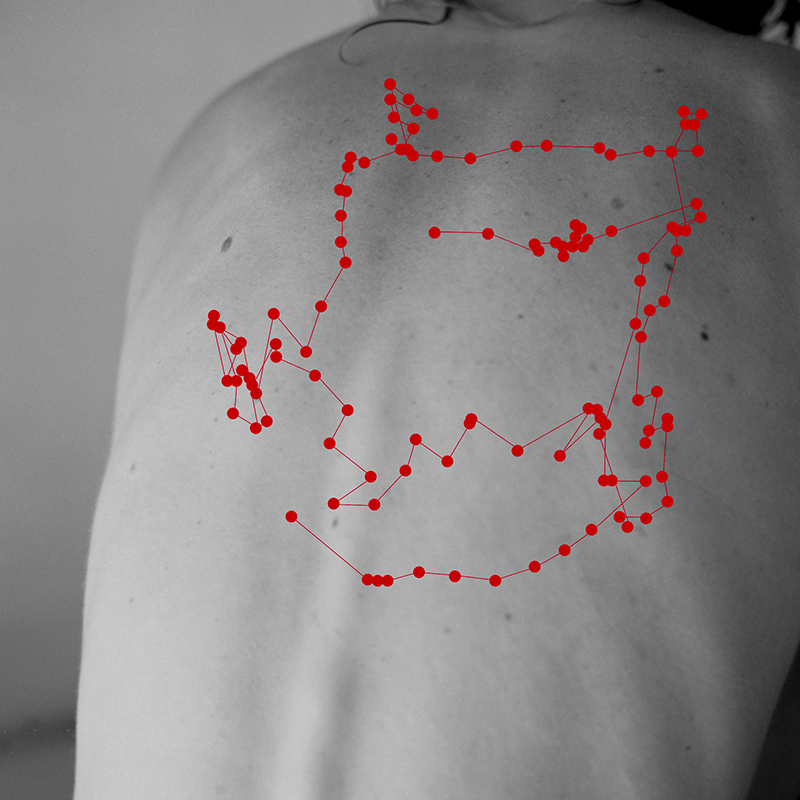
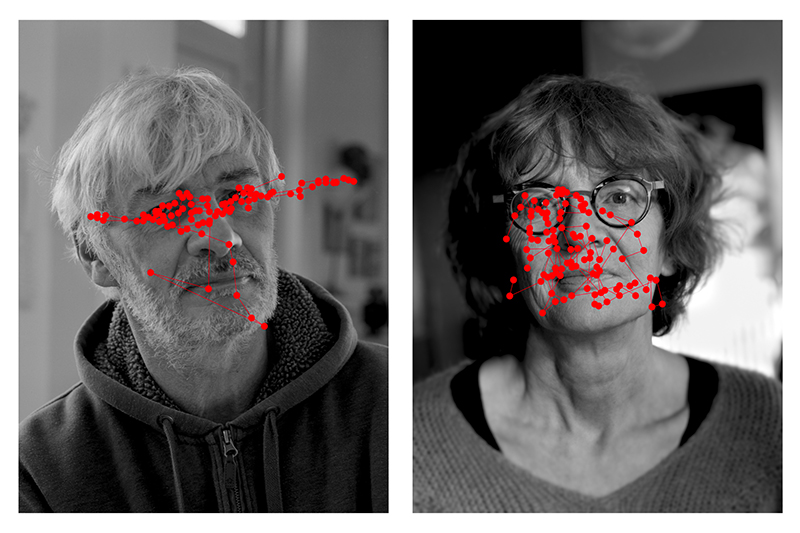


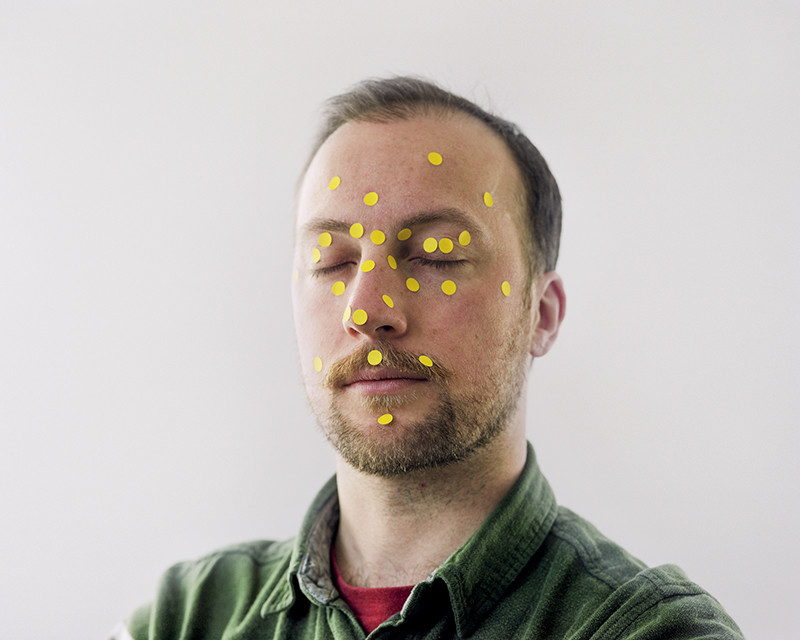


To view more of Adrien Blondel’s work please visit his website.